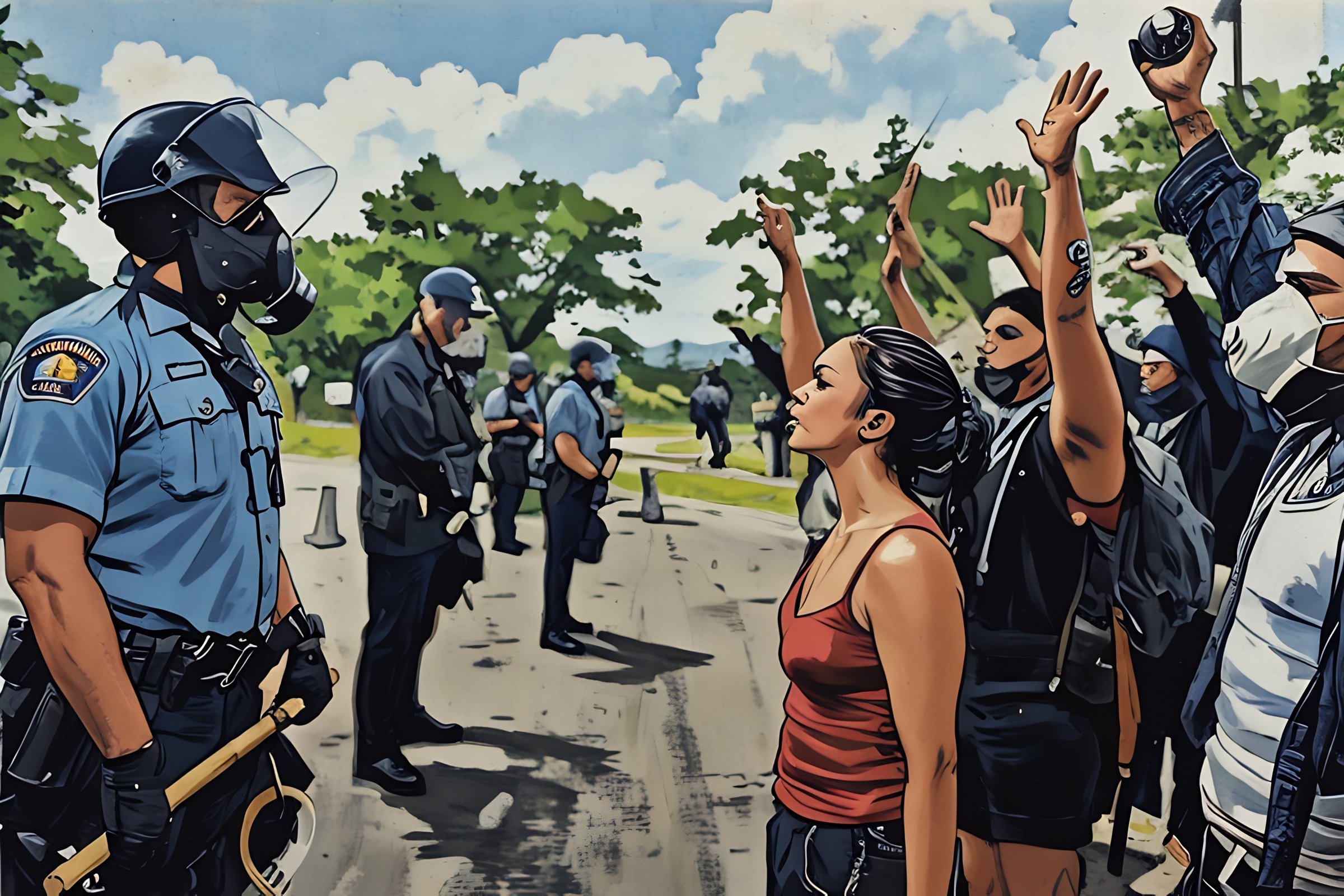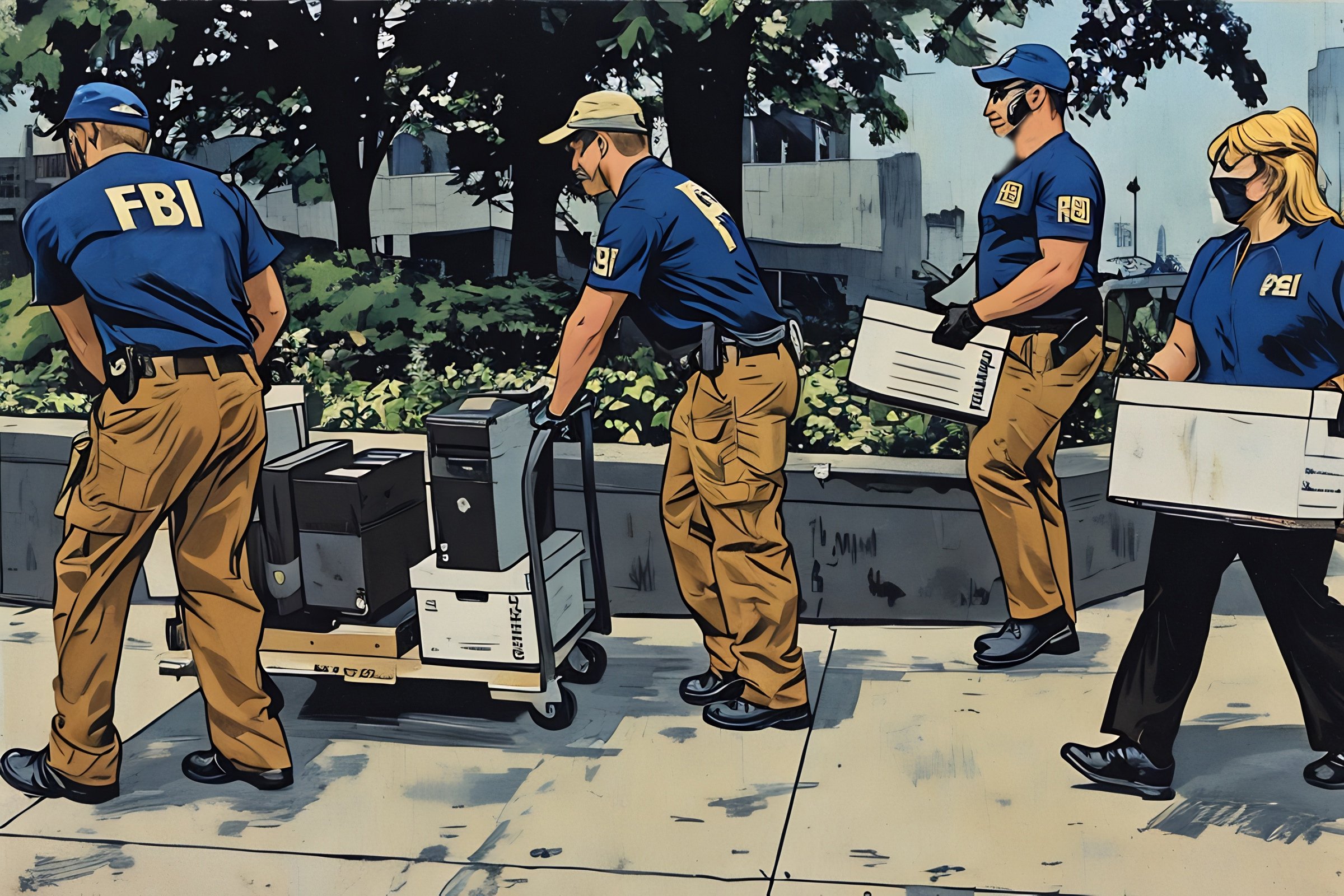
The goal of CrisisComms.org's public safety media training and exercises is to provide your public safety agency's Leadership and Public Information Officers the practical real world skills they require to effectively represent your agency when interacting with the media and the public, under both 'blue sky' and 'grey sky' operations.
First and foremost, CrisisComms.org teaches the vital elements of establishing and maintaining your public safety agency's reputation for being a trusted source for information and for providing those you serve with transparency. Proactively working with your primary media stakeholders to establish and maintain your agency's trustworthy reputation during 'blue sky' operations allows your agency to have greater control over an incident's narrative when you encounter 'grey skies' operations.
CrisisComms.org works with public safety agencies on the basics of writing advisories and media releases, and demonstrates the skills of using media releases to obtain positive coverage on your terms, as well as how to issue 'holding statements' to meet media deadlines when there is no information that can be released from a Critical or High Profile incident.
As the demand for information increases and the resources of local media shrink, CrisisComms.org instructs public safety agencies on how to create effective and impactful video content that can be released to television stations, as well as for use on newspaper and radio websites. Creating and distributing in-house coverage of an incident offers multiple positive benefits, including establishing positive connections with the media and the ability to drive the narrative of an incident in a way that positively promotes your agency and its public safety partners.
Drawing on extensive experience on both sides of the yellow tape, having worked professionally as a working deadline journalist covering major stories and as a seasoned public safety public information officer, CrisisComms.org provides public safety agencies a unique insight into how reporters approach stories, conduct interviews, and how to manage routine media enquiries along with high pressure crisis incidents.
Social media is a different beast than traditional legacy media. All content created for external media distribution has the added benefit of allowing your agency to tell its story before the media does through its owned social media channels. Knowing how to craft content for social media, and where to place that content on social media, is just as important as knowing how to speak with a reporter.
Press conferences and media interviews are the bread and butter of many TV stations, whether on the street on scene at a critical incident or in your station's meeting room. Learning the skills to put the public at ease while you and your colleagues speak to them through the TV camera is not magic; it is muscle memory. CrisisComms.org places its students in a variety of real world scenarios to get comfortable with questions and cameras, how to stand, what to do with your hands, adjusting your tone of voice, even when faced with adversarial media following a high pressure incident.
Backdrops and lighting enhance the visuals of a press conference, but what is most important is knowing how to handle yourself up there, live in front of the lenses, as well as knowing when to end the press conference. Cameras and microphones do not always appear in a controlled environment, so our public safety clients are taught how to control every environment.
When CrisisComms.org's instruction is completed, your agency is not left to its own devices. Should your public safety agency need insights and advice during a critical event, we are available and encourage our clients contact us directly, at any time, for assistance without any additional fees for the service.

info@crisiscomms.org
+1(646)777-2272
+1(415)738-7786

